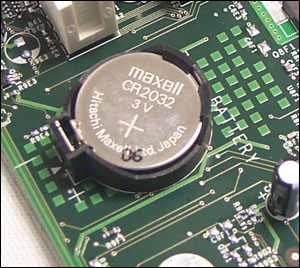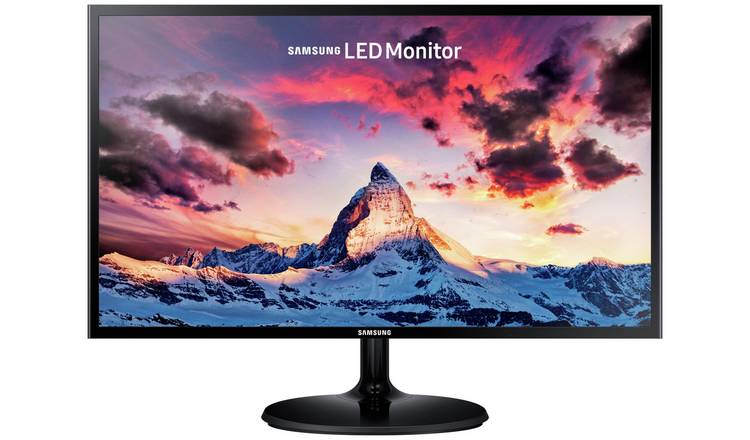Ever heard of the term DBMS and wondered what that meant? Well, fear no more. This article has been written to give you as much knowledge as possible on the topic. We will outline the components of DBMS.
Table of Contents
Definition
A Database Management System (DBMS) is defined as a software package that is used to define, manipulate, retrieve and manage data in a database.
Components of DBMS
A DBMS is made of several components. The components of DBMS are the following:
- Software
- Hardware
- Data
- Procedures
- Database access language
- Users
Software
This is the main component of the Database Management System. This is used to manage and control the entire database. In addition, the software is present to understand the database access language, and then interpret it into actual database commands. These commands are then executed on the Database.
The software is divided into three. These are:
The DBMS software itself
This is responsible for managing the database which exists within the database system. This is the most critical software component that is present in the Database Management System.
Examples are: MySQL, Microsoft Access, SQLite, MariaDB, Microsoft SQL Server
The Operating System
This is responsible for managing all of the software and hardware components present on the computer. The operating system is responsible for carrying out tasks such as resource allocation, providing an interface between the software and the hardware, memory management, process management and controlling the peripheral devices connected to the computer.
Examples are: Windows 10, Windows Server 2016, Mac OS, Linux, Unix
Application programs, and the utility software
This refers to the sets of instructions used to access, and perform data manipulation on the Database Management System. They also manage the environment in which the access to data and the manipulation take place. These programs are frequently used to access the data present in the database and use it to create reports, and generate any other information that is used to allow good decision making to take place.
Utility software refers to the software tools that are used in managing components of the database system. A good example of this is the fact that nowadays, most Database Management Systems provide a Graphical User Interface. This is much more pleasant than the command line option that was used in the past – which was rather bewildering to any novice. These GUIs are used to assist in monitoring database operations, creating database structures and controlling database access.
Hardware
Hardware is the other component of DBMS. The hardware generally refers to all the components that you can see and touch. This includes computers, their storage devices e.g. Hard Disk Drives, Input devices such as mice and keyboards, and Output devices such as Visual Display Units. All these help the computer have a link between itself and the real world. It is not feasible to try to implement the Database Management System in the absence of the hardware devices.
It is common to see a computer with very good hardware specifications such as large storage capacity, high processing speed, being used as the server.
Data
Data is an essential component of the DBMS. This is the oil of the machine. Without it, having the DBMS would be unnecessary as the main purpose of the DBMS is to process data input. In the Database Management System, the databases are first defined, developed, and after this data can then be input. This data is then stored, updates and retrieved both to and from the databases. The data contained includes operational data, as well as the metadata. This shows how important data is as a component of the DBMS.
Note: The operational data refers to the actual data, and the metadata refers to the description of the data. For example, if I input and store my Address into a database, the DBMS will store when the Address was stored, what size the Address is (in terms of characters), and whether the data is related to other data or if it is independent. All of this is metadata.
Procedures
The other component of DBMS are procedures. These refer to the set of instructions as well as the rules present help design the database, and to use the Database Management System. The personnel that interact with and manage the DBMS need written down procedures on how to use and/or run the DBMS.
These may include the following procedures:
- How to install the new DBMS
- The login process
- How to make use of the DBMS
- How to back up the database to protect against data loss
- How to change the database structure
- How to create reports from the data present in the database
The procedures are quite important as they enforce the standards by which business is conducted both internally in the organization, and externally with customers.
Database Access Language
Database access language is a component of DBMS. This is used to access data both to, and from the database. This language allows the users to write simple commands in order to create, update, read (view) and delete data stored in any database. The process that occurs starts with the user inputting the appropriate commands in the database access language.
These are submitted to the DBMS. The DBMS then translates the commands input and sends the commands to the Database Jet Engine. The database engine then proceeds to create a set of results based on the commands input. These results are converted to a human readable form and the data is displayed on screen.
Administrators can also use the Database Access Language to create, and maintain the databases.
Note: Relational databases are required to have a database query language
Users
These are the individuals who perform all kinds of operations on the databases present in the DBMS. The three main types of database users present are:
- Database Administrators
This individual is responsible for managing the complete database management system. He is the one who takes care of things such as security, availability, license keys, user accounts, and more. Database administrators are an important component of the Database Management System.
- Application Programmers
This is the individual who is involved in designing and developing the DBMS using various programming languages e.g. C++
- End-Users
The end users are the individuals that interact with the DBMS in order to perform different operations on the database which include: creating records, updating records, reading the records and deleting records. Users are an important component of DBMS.
Conclusion
Now have a basic appreciation of components of Database Management Systems. I hope I left you better than I found you!





